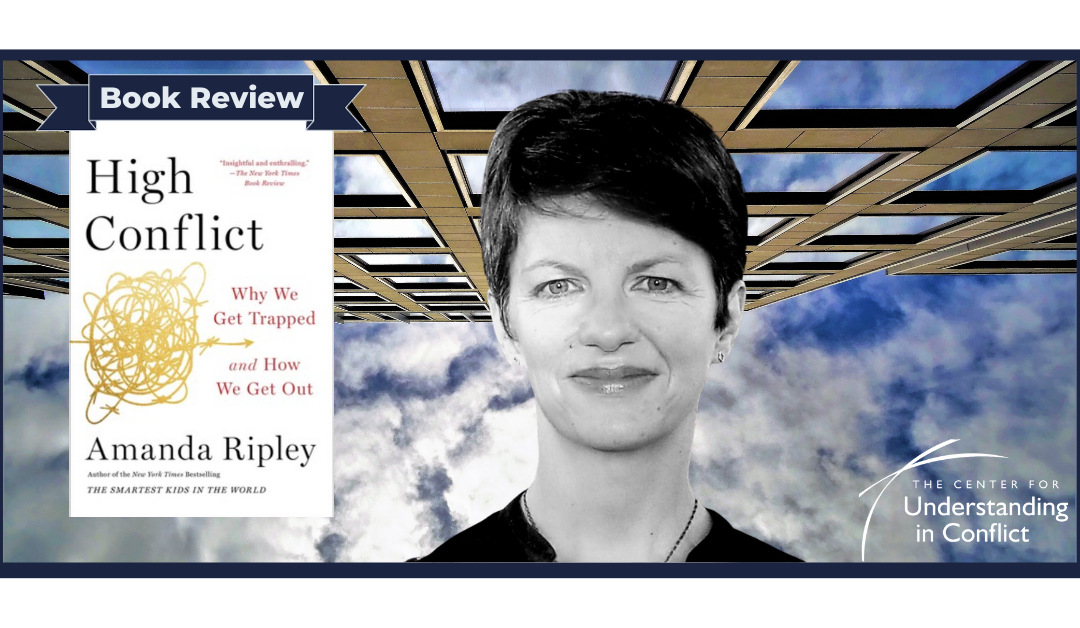In her thought-provoking book High Conflict: Why We Get Trapped and How We Get Out, Amanda Ripley takes readers on a captivating journey into the intricacies of human behavior and the psychological mechanisms that contribute to our entrapment in various life situations. While the book touches on a wide array of scenarios, its exploration of conflicts and resolutions offers valuable insights for professionals in conflict resolution and mediation.
Ripley’s work is a tapestry of real-life stories, scientific research, and engaging narratives that delve deep into the human psyche. From hostage situations to political stalemates, Ripley examines the commonalities that underlie our responses to high-stakes conflicts. For conflict resolution and mediation professionals, this book is a compelling resource that transcends the boundaries of specific disciplines, offering a holistic understanding of the forces at play in the human mind during times of tension. One of the book’s strengths lies in Ripley’s ability to weave together academic research and real-world examples, making the content accessible and relevant to practitioners in the field. Conflict resolution specialists will appreciate the nuanced exploration of cognitive biases and how they manifest in conflict situations. Ripley adeptly breaks down complex psychological concepts, such as loss aversion and the sunk cost fallacy, demonstrating their impact on decision-making processes within conflicts.
The author’s exploration of the “social script” concept is particularly insightful for conflict resolution professionals. By examining how societal norms and expectations shape our behavior in conflict, Ripley provides a roadmap for understanding the dynamics at play during mediation sessions. Recognizing and challenging these ingrained scripts becomes crucial for professionals facilitating productive and transformative dialogues. Ripley also delves into the role of emotions in conflict, shedding light on how fear, anger, and empathy can escalate or de-escalate a situation. Conflict resolution practitioners will find her exploration of past grievances’ “emotional archaeology” especially relevant. By encouraging readers to unearth the emotional roots of conflicts, Ripley offers a valuable perspective for mediators seeking to address underlying issues and build sustainable resolutions.
The book emphasizes the importance of communication and perspective-taking in navigating conflicts. The stories of individuals who successfully bridged seemingly insurmountable divides provide valuable lessons for conflict resolution professionals. Ripley underscores the transformative power of dialogue, demonstrating that even in the most entrenched conflicts, there exists a potential path toward resolution when approaching communication with empathy and a genuine desire to understand. High Conflict is rich in insights; it does not shy away from the complexities and challenges of conflict resolution. Ripley acknowledges that there are no one-size-fits-all solutions and that the path to resolution is often messy and nonlinear. This acknowledgment aligns with the reality faced by professionals in the field, where each conflict presents unique dynamics and requires tailored approaches.
High Conflict: Why We Get Trapped and How We Get Out is a must-read for conflict resolution and mediation professionals. Its interdisciplinary approach, combining psychology, sociology, and real-world examples, provides a nuanced understanding of the forces at play in conflicts. The book challenges practitioners to reevaluate their approaches, encouraging a deeper exploration of conflict resolution’s emotional and cognitive dimensions. As a valuable resource, Ripley’s work equips professionals with the tools to navigate the intricate tapestry of human behavior, ultimately guiding individuals and communities toward pathways of resolution and reconciliation.

